ELECTROCOMPANIET ECI 6DS Owner's manual
- Category
- Audio amplifiers
- Type
- Owner's manual
This manual is also suitable for
ELECTROCOMPANIET ECI 6DS is a balanced integrated amplifier featuring an integrated DAC and streamer. It includes XLR and RCA inputs for analog sources, and optical and coaxial inputs for digital sources. The ECI 6DS also has a 12V trigger input/output, an RS-232 control port, and a front-panel USB port for connecting a computer or other USB device. The ECI 6DS's Navigator window displays the selected source, volume level, and other information. The included ECT 4 remote control allows you to control the ECI 6DS from across the room.
ELECTROCOMPANIET ECI 6DS is a balanced integrated amplifier featuring an integrated DAC and streamer. It includes XLR and RCA inputs for analog sources, and optical and coaxial inputs for digital sources. The ECI 6DS also has a 12V trigger input/output, an RS-232 control port, and a front-panel USB port for connecting a computer or other USB device. The ECI 6DS's Navigator window displays the selected source, volume level, and other information. The included ECT 4 remote control allows you to control the ECI 6DS from across the room.




















-
 1
1
-
 2
2
-
 3
3
-
 4
4
-
 5
5
-
 6
6
-
 7
7
-
 8
8
-
 9
9
-
 10
10
-
 11
11
-
 12
12
-
 13
13
-
 14
14
-
 15
15
-
 16
16
-
 17
17
-
 18
18
-
 19
19
-
 20
20
-
 21
21
-
 22
22
-
 23
23
-
 24
24
ELECTROCOMPANIET ECI 6DS Owner's manual
- Category
- Audio amplifiers
- Type
- Owner's manual
- This manual is also suitable for
ELECTROCOMPANIET ECI 6DS is a balanced integrated amplifier featuring an integrated DAC and streamer. It includes XLR and RCA inputs for analog sources, and optical and coaxial inputs for digital sources. The ECI 6DS also has a 12V trigger input/output, an RS-232 control port, and a front-panel USB port for connecting a computer or other USB device. The ECI 6DS's Navigator window displays the selected source, volume level, and other information. The included ECT 4 remote control allows you to control the ECI 6DS from across the room.
Ask a question and I''ll find the answer in the document
Finding information in a document is now easier with AI
Related papers
-
ELECTROCOMPANIET ECI 6D Owner's manual
-
ELECTROCOMPANIET PI 2D Owner's manual
-
ELECTROCOMPANIET PI 2 Owner's manual
-
ELECTROCOMPANIET PI 2 Owner's manual
-
ELECTROCOMPANIET EC4.7 (issue 3) Owner's manual
-
ELECTROCOMPANIET pc 1 Owner's manual
-
ELECTROCOMPANIET AW180 Owner's manual
-
ELECTROCOMPANIET ECD 2 Owner's manual
-
ELECTROCOMPANIET EMC 1 MK III Owner's manual
-
ELECTROCOMPANIET ECI 6DX Owner's manual
Other documents
-
AVPro Edge AC-DAC-COTO Quick start guide
-
MUSIC HALL dac15.2 User manual
-
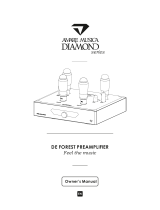 Amare Musica DE FOREST Owner's manual
Amare Musica DE FOREST Owner's manual
-
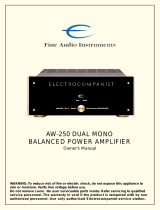 Fine Digital AW-250 User manual
Fine Digital AW-250 User manual
-
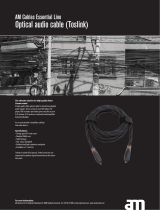 AM AM75453 Datasheet
AM AM75453 Datasheet
-
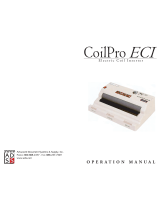 ADSS CoilPro ECI Operating instructions
ADSS CoilPro ECI Operating instructions
-
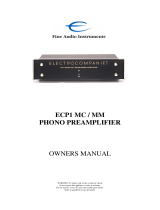 Fine Audio Instruments ECP1 MC Owner's manual
Fine Audio Instruments ECP1 MC Owner's manual
-
SCOTT LSX 10 User manual
-
Peachtree Audio Nova Pre User manual
-
Peerless DE-DT01 Datasheet




























